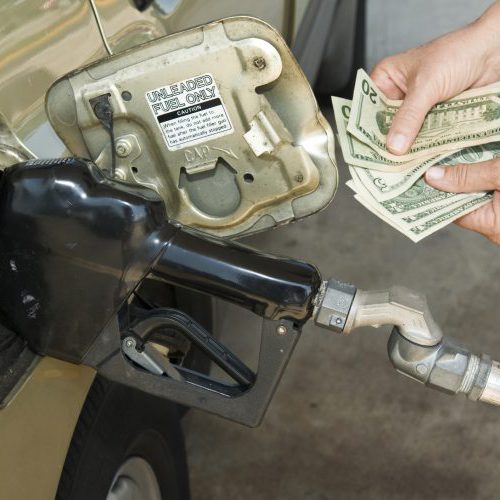
Barring a major surprise in Wednesday’s inventory report from the U.S. Energy Information Administration’s (EIA) weekly report, the national average may stabilize because gasoline prices in most parts of the country have caught up with higher crude oil prices. Add to that a likely price cut to gasoline as refiners empty their tanks to prepare for the production of summer-grade fuel.
Crude oil inventories have fallen by more than 76 million barrels over the past 12 months, largely due to stronger demand. Refinery utilization dipped again last week from 91% in the prior week to 88%. Gasoline inventories fell by 2 million barrels last week, now down about 6 million barrels over the past 12 months.
Patrick DeHaan, head of petroleum analysis at GasBuddy, said:
High oil prices continue to push gasoline prices to territory that Americans haven’t seen for years, aside from Hurricane Harvey last September. While oil production in the U.S. reaches highs not seen since the 1970’s, OPEC’s production cuts for the last year have weighed heavily on global inventories, mitigating any small rise in U.S. production. And the damage could get even worse with refinery maintenance season and the transition to summer gasoline on the horizon. This has been a storm brewing since the Obama administration legalized oil exports and OPEC decided to forgo market share to tighten global supply. All of this and more will lead to average gas prices being 25-50 cents per gallon higher by Memorial Day.
States where prices moved most last week were: California (up seven cents); Michigan (up six cents); Indiana, Nevada and Rhode Island (up four cents); and Florida, Washington, Kentucky, North Dakota and Ohio (up three cents).
States with the lowest average prices last week included Texas ($2.34); South Carolina ($2.35); Alabama, Arizona and Oklahoma ($2.37); Arkansas ($2.38); Missouri ($2.39); Louisiana ($2.40); and New Mexico ($2.41).
The highest average prices per gallon last week were reported from Hawaii ($3.39); California ($3.31); Alaska ($3.09); Washington ($2.97); Pennsylvania ($2.90); Oregon ($2.84); Nevada and New York ($2.77); Connecticut ($2.76); and New Jersey ($2.71).
West Texas Intermediate crude oil for March delivery traded down about 0.6% in the late morning Monday at $65.06, while Brent for April delivery traded at $68.30. The price differential (spread) between WTI and Brent crude narrowed by nearly $1.00 to $3.24 a barrel week over week.
Find a Qualified Financial Advisor (Sponsor)
Finding a qualified financial advisor doesn’t have to be hard. SmartAsset’s free tool matches you with up to 3 fiduciary financial advisors in your area in 5 minutes. Each advisor has been vetted by SmartAsset and is held to a fiduciary standard to act in your best interests. If you’re ready to be matched with local advisors that can help you achieve your financial goals, get started now.
Thank you for reading! Have some feedback for us?
Contact the 24/7 Wall St. editorial team.



